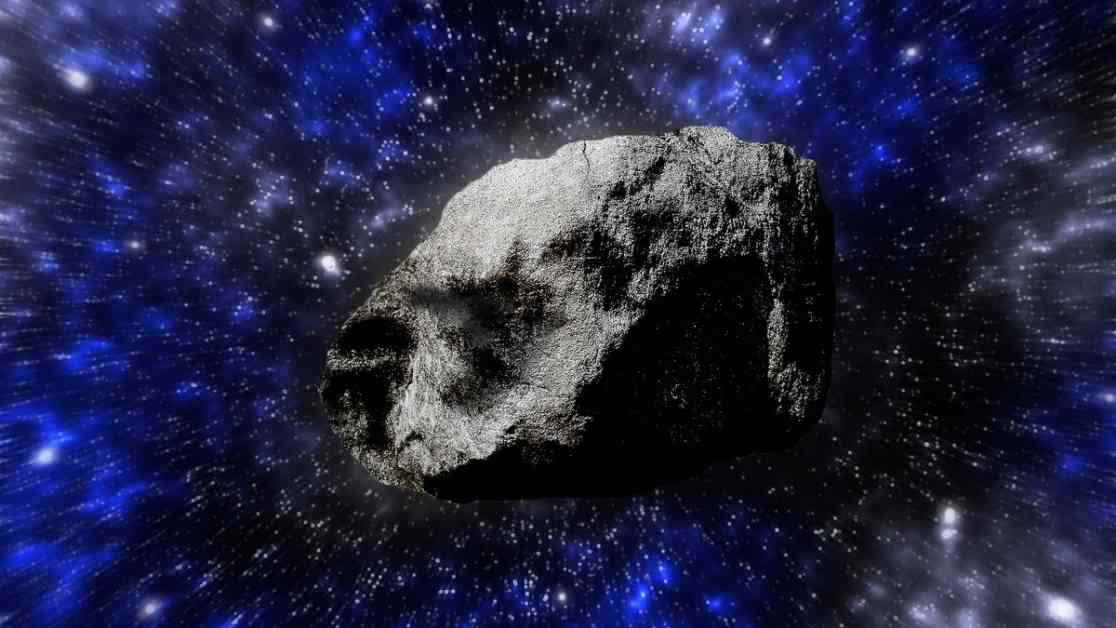In 2029, the asteroid Apophis, also known as the “God of Chaos,” will come very close to Earth. This asteroid, named after the ancient Egyptian god Apep, is about 1,100 feet long and shaped like a peanut. While Apophis won’t hit Earth, it could cause significant damage if it did.
Scientists have been studying Apophis since it was discovered in 2004. Recent observations have shown that Apophis will pass within 20,000 miles of Earth in April 2029, closer than some satellites. This close encounter raises questions about how the asteroid will be affected.
Astronomers believe that Earth’s gravity could cause landslides and tremors on Apophis during the 2029 flyby. Ronald-Louis Ballouz, an asteroid scientist, and his team created computer models to simulate these effects. They found that Earth’s gravitational tugs could trigger tremors on Apophis, shaking up its surface and potentially causing rocks to be dislodged.
Additionally, the asteroid’s tumbling motion could be altered by Earth’s gravity, leading to destabilization of surface rocks and possible landslides over thousands of years. These changes could provide insights into how planetary encounters can modify the surfaces of asteroids.
To further investigate these hypotheses, NASA’s OSIRIS-APEX mission will study Apophis during its 2029 close approach. This mission, based on the OSIRIS-REx spacecraft, will study the asteroid’s composition and surface features for 18 months.
The findings of this study, soon to be published in The Planetary Science Journal, offer a new perspective on how planetary encounters can impact asteroids like Apophis. By studying the effects of Earth’s gravity on the asteroid, scientists hope to gain a better understanding of how these celestial bodies evolve over time.
Deepa Jain, a science writer from Bengaluru, India, with a background in biology and archaeology, finds these discoveries fascinating. She enjoys exploring topics related to astronomy, the natural world, and archaeology in her writing.










